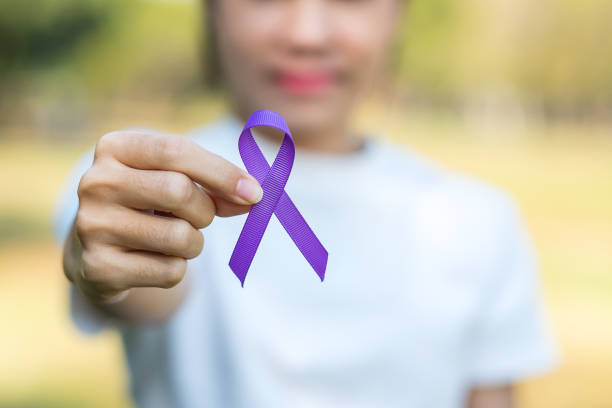Who should the officer give Laura’s card and the lethality assessment to?
Officers should give Laura’s card and complete the assessment for any victim of domestic violence.
(Laura’s card is to be issued to all victims of crime)
When should the officer give the victim Laura’s card or complete the lethality assessment?
The officer should give the victim Laura’s card when it is safe to do so and not in view of the abuser to reduce further safety risks to the victim. The same is true for the lethality assessment. The assessment should be completed when the abuser is not in view, so that the victim feels safe answering the questions and answering them honestly. Officers should let victims know that the lethality assessment is a tool to help ensure their safety.
Is the officer responsible for calling any of the numbers on Laura’s card once issued?
No, the phone numbers on the card are for the victim to call, if they choose to do so. If the victim does not have a phone to call, the officer should make a phone available so they can call.
Which phone number on Laura’s card should a victim be encouraged to call first?
Officers should have a victim call the domestic violence shelter serving their community first, especially if it is after business hours and they are in immediate danger. The domestic violence shelter has a victim advocate on duty 24 hours a day to be able to assist.
What is the officer supposed to do with the lethality assessment once completed?
The purpose of the lethality assessment is to alert the victim and the legal system to degree of risk associated with this particular victim so that all parties will know to take greater steps to help ensure the victims safety. Officers should attach the assessment to the incident report and keep for their agencies records.
Visit the Arkansas Criminal Justice Institute for more information.

